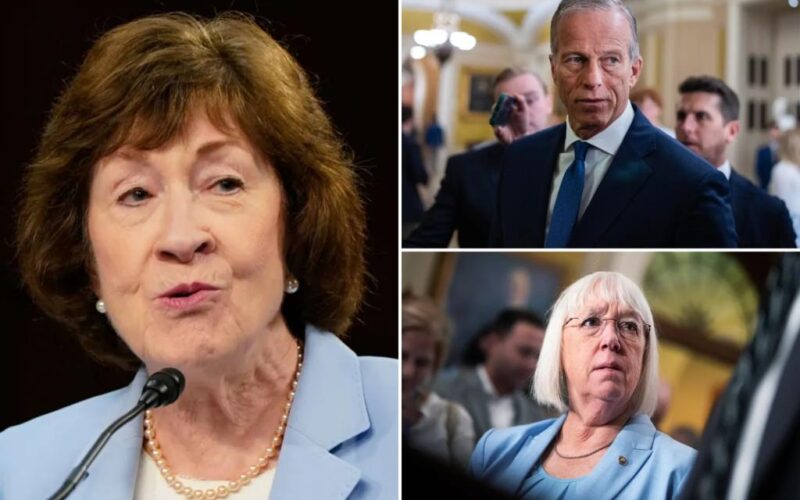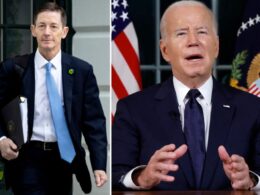The Senate took a significant step towards averting an impending partial government shutdown by passing a tranche of funding bills much earlier than usual.
Senators approved three of the 12 appropriations bills Friday needed to forestall a partial shutdown, including ones to fund the Department of Veterans Affairs, the Food and Drug Administration, the Department of Agriculture, new military facilities, and Congress itself.
“We are on the verge of an accomplishment that we have not done since 2018, and that is, pass appropriations bills across the Senate floor prior to the August recess,” Senate Appropriations Committee Chairwoman Susan Collins (R–Maine) cheered before the upper chamber reached the feat.
“That is exercising our constitutional responsibility for the power of the purse.”
The three appropriations bills that clear the Senate are typically viewed as the less controversial ones to get across the finish line. Still, it comes amid significant hurdles toward preventing the looming autumn shutdown.
Democrats widely see the shutdown fight as a rare instance in which they have leverage in Congress and have been vexed by President Trump’s use of impoundment and rescissions to make spending cuts without their approval.
Moreover, Congress hasn’t actually passed the 12 appropriations bills to properly fund the government on time since 1997.
Each fiscal year, which starts on Oct. 1, Congress is tasked with funding the government to prevent a partial shutdown.
Congress has typically relied on a mechanism known as continuing resolutions, or CRs, to put government spending on autopilot for stretches of time.
CRs and appropriations bills are subject to the 60-vote threshold needed to break a filibuster in the Senate and must be bipartisan, which is why Congress typically struggles with the process.
The current fiscal year is running on what turned into a yearlong CR, and there have been some murmurs in the House about doing so again for Fiscal Year 2026.
Senators voted 87-9 on Friday for a two-bill minibus to fund the VA and Department of Agriculture. They then voted 81–15 on the third appropriations bill to fund Congress.
Sen. Patty Murray (D-Wash.), the top Democratic appropriator, argued the small-scale deal “rejects damaging cuts from Trump and House Republicans,” despite progressive complaints.
The Senate still has nine more appropriations bills to take up: Commerce, Defense, Energy, Financial Services, Homeland Security, Interior, Labor, State and Transportation.
The Senate Appropriations Committee has already approved about half of those, inching them closer to a full chamber vote.
Those appropriations bills will need to be green-lit by the House of Representatives, which is on August recess, and signed into law by President Trump.
Senate Majority Leader John Thune (R-SD) has eaten into the August recess while seeking to wrangle through key Trump nominations and chip away at the backlog. He is currently negotiating with Democrats on a deal to expedite that process.








